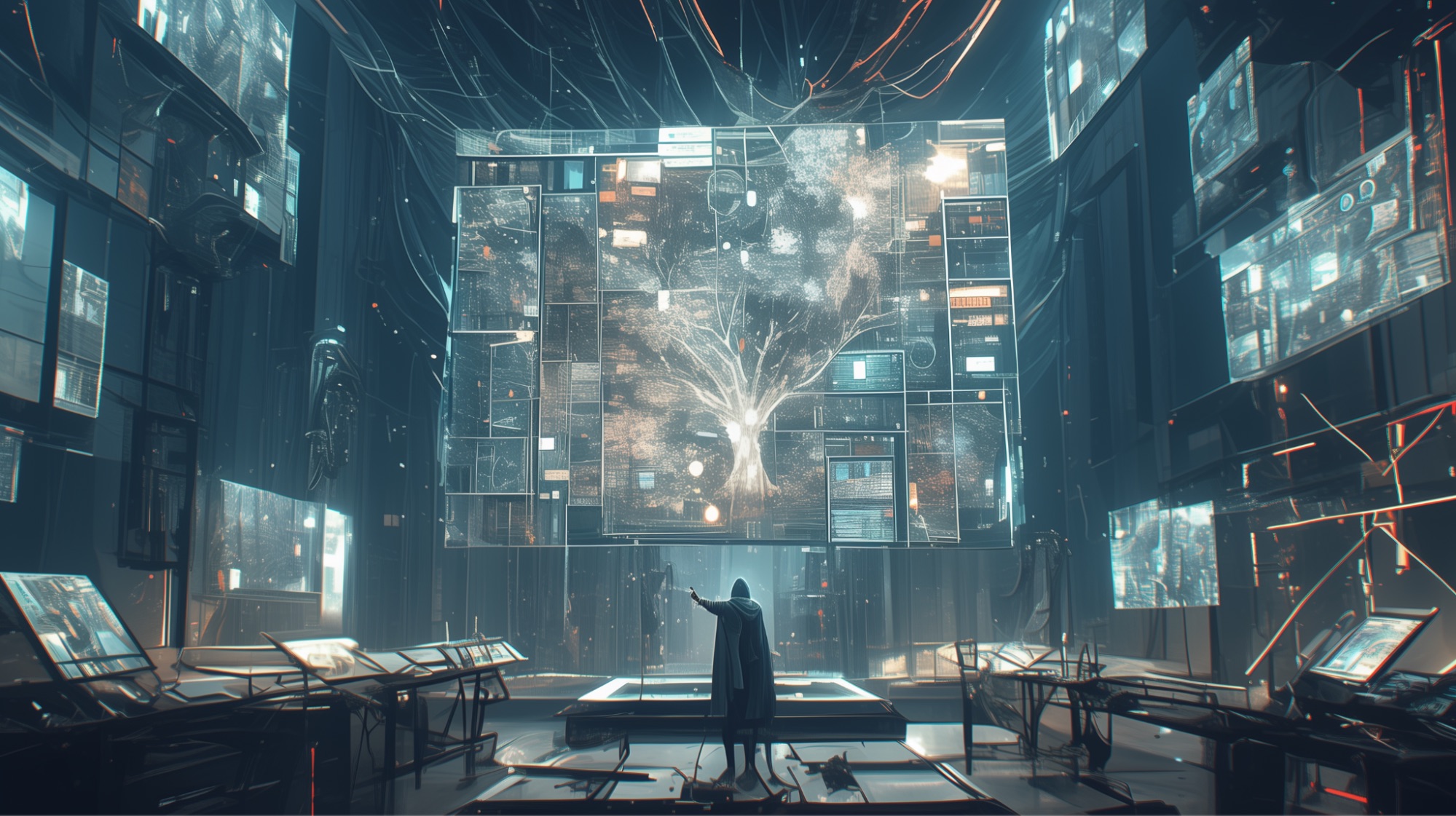General
Everything You Need to Know About AI Image Generation Models
Explore AI Image Generation and discover how models create stunning visuals from simple text descriptions.

Explore AI Image Generation and discover how models create stunning visuals from simple text descriptions.

In recent years, AI Image Generation Models have revolutionized the way we create and interact with visuals. These models use deep learning algorithms to generate high-quality images from scratch or based on text descriptions. From generating realistic faces to surreal works of art, AI image generation has become a transformative tool across various industries.
In this blog, we’ll delve into what AI Image Generation Models are, how they work, their real-world applications, and how to get started using them. Whether you’re an artist, a marketer, or a content creator, understanding these models is key to unlocking the creative potential of AI.
AI Image Generation Models are machine learning algorithms designed to generate images based on input data. These models can produce visuals from text descriptions (text-to-image generation) or enhance existing images through techniques like super-resolution or style transfer.
At the heart of these models is Generative Adversarial Networks (GANs) and Diffusion Models. GANs consist of two neural networks—the generator and the discriminator—that work together to create images that closely resemble real-world visuals. On the other hand, Diffusion Models have become popular for their ability to create detailed, high-resolution images by gradually refining noise into a coherent image.
These models have unlocked new possibilities in creative fields, allowing anyone with a concept or idea to generate high-quality visuals instantly.
AI Image Generation Models rely on large datasets of images to learn patterns and features. These models train on millions of images, learning from the vast amount of visual data. When given a new input, whether it’s a description or an image, the model uses its learned knowledge to create a new image.
The training process involves feeding the model a large dataset of images along with specific attributes (such as objects, colors, or textures). Over time, the model learns how to generate realistic visuals by mimicking these features.
Some of the most popular AI image generation models, such as DALL·E and Stable Diffusion, use a text-to-image generation process. By inputting a simple text prompt, users can generate images that match the description. This process involves mapping textual descriptions into visual representations, which requires complex understanding and interpretation of both language and imagery.
This technique focuses on transforming existing images based on specified parameters. For instance, AI models can take a low-resolution image and enhance its details or change its style based on user preferences.
The potential applications of AI Image Generation Models are vast and varied. Here are some of the key areas where these models are making a significant impact:
Artists are using AI Image Generation Models to push the boundaries of traditional art. Whether it's creating digital paintings or generating photorealistic images, AI enables artists to experiment with new ideas quickly. Tools like DeepArt and Artbreeder allow users to merge and create entirely new visual concepts from existing artwork.

Marketers use AI Image Generation Models to create compelling visuals for social media, blogs, and advertisements. AI-generated images are particularly useful when you need customized visuals that align with your branding, without the hassle of hiring photographers or designers.
In the gaming and film industries, AI Image Generation Models are used to design characters, environments, and scenes. These models can create realistic and imaginative visuals, helping streamline the production process in media production.
AI is transforming fashion design by enabling the creation of new clothing patterns and fabric designs. Fashion designers can use AI tools to generate various clothing designs based on text prompts or existing styles.
There are several powerful AI Image Generation Models available today, each offering unique features. Here are some of the most popular options:
DALL·E 2 is one of the most advanced text-to-image models available. It can generate highly realistic images from simple text prompts. DALL·E 2 has gained significant attention for its ability to produce imaginative and creative visuals.
Stable Diffusion is an open-source model that allows users to generate high-quality images from text. It has gained popularity for its ability to generate detailed visuals with fewer resources, making it ideal for personal use.
RunwayML is another powerful tool for AI-powered image generation. It provides an easy-to-use interface for both beginners and professionals, offering tools for everything from image generation to video editing.
To get started with AI image generation and explore more about the technology, visit Instasd and discover a wide range of tools to enhance your creative process.
While AI Image Generation Models are incredibly powerful, they are not without their challenges. Here are some of the limitations:
AI models are trained on large datasets, which may include biased or controversial images. This can lead to the generation of biased or offensive content. It’s crucial for developers to carefully curate the data and implement ethical guidelines.
Not all AI-generated images are perfect. While models like DALL·E 2 can create high-quality visuals, they may occasionally produce distorted or unrealistic images. It’s important to manage expectations and refine the results through additional editing or human input.
Training and running advanced AI Image Generation Models can require significant computational resources. This can be a barrier for individuals or small businesses looking to integrate AI into their creative workflows.
AI Image Generation Models are revolutionizing how we approach visual creation. From artists and designers to marketers and developers, these tools provide unprecedented flexibility and creativity. As technology continues to improve, we can expect even more powerful models capable of producing lifelike, unique, and diverse images.
Whether you’re looking to create original artwork, generate content for marketing, or experiment with visual design, the possibilities are endless with AI Image Generation Models. Embrace this technology and take your creativity to new heights!
Want to jump right into generating incredible images and videos? We've prepared this and many more workflows to get you started.
Launch This Workflow